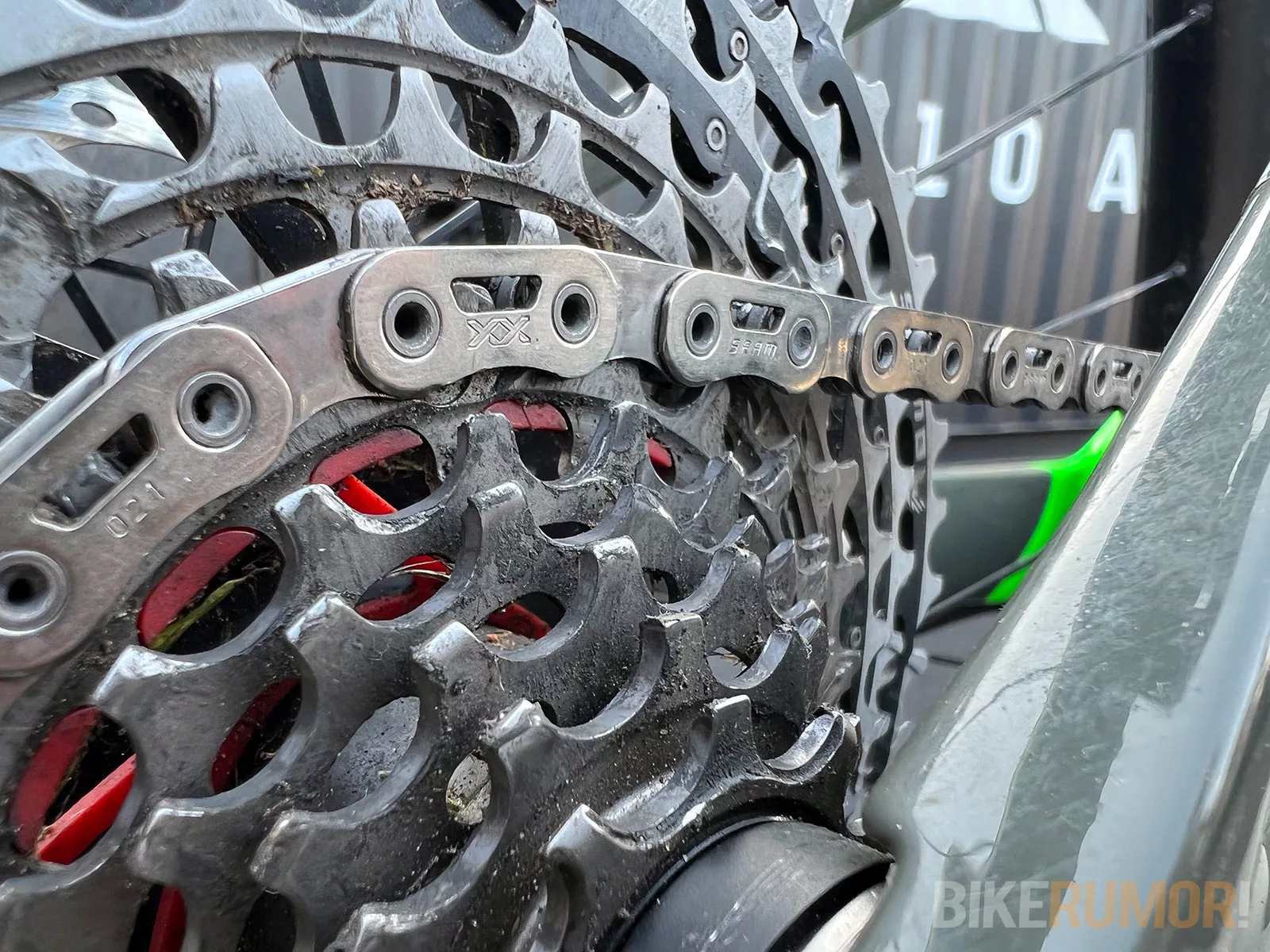The UCI is on a bubble-bursting equipment crackdown this month, first, with the newly updated handlebar width rule (rolling into effect January 1, 2026). Now, an updated gearing change rule could render SRAM’s unique and groundbreaking 10-tooth road cog obsolete. It’s packing significant implications for both SRAM and its sponsored teams.

When does it go into effect? This rule could go into effect as early as August this year. The UCI states: “The events during which the tests will be carried out will be announced at a later date.” We’re guessing that stage or race won’t end in a downhill sprint finish, or will it?

What’s the New UCI Gearing Rule?
The gearing limitations begin with a trial phase, during which the governing body will test a maximum gear ratio of 54×11, capped at 10.46 meters of development per crank revolution.
Who will these setups affect? Mostly just the SRAM teams and riders. By contrast, Shimano and Campagnolo—whose 12- or 13-speed cassettes start at 11T—could avoid the problem altogether.
That means a drawback for SRAM-sponsored riders not just in sprint speed but potentially in mechanical parity. SRAM’s 10T cog—or those monster 62T chainrings—are going to be on the chopping block.

SRAM’s Options—or Lack Thereof
SRAM’s in a bind. To comply, its mechanics will have to physically lock out the 10T cog, or SRAM could pivot to making 11T cassettes or a 49T chainring. This tweak would help limit the gearing and bring them into UCI compliance (around 131 gear inches with a 28mm tire), but it’s not an easy fix. Without that, top-end setups (think 1x with wide-range cassettes, as we saw at the Classics) will be verboten.
We’ll know more soon, hopefully, but as of right now, there is no official word from the SRAM crew.
